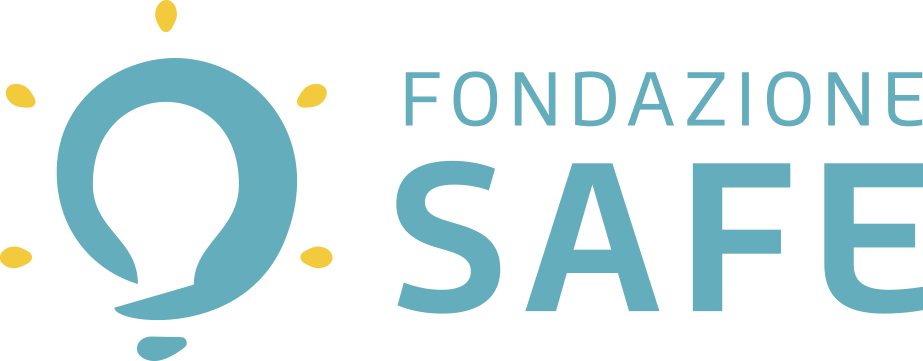In the field of Emergency and Disaster Management, the term “threat” can be interpreted differently.
Whereas “threats” generated from natural forces are the most predictable and include thunderstorms, floods, tornados, hurricanes, winter storms, droughts, wildfires, landslides, earthquakes, tsunamis, volcanos, and dam failures, there are also other threats including technological (man-made) hazards, such as hazardous material releases and spills, acts of terrorism, and nuclear accidents, as well as animal health emergencies, such as outbreaks of foreign animal diseases.
To effectively address said threats, it is advisable to adopt an approach based on the following pillars: Prevention, Preparedness, Response, Recovery.
Prevention: Actions or Measures undertaken in advance, also known as mitigation, which should be put forward on a regular basis. Examples include back-burning or constructing sea walls, having alternative sources of electricity, or alternative communication systems in place.
Preparedness: Actions or Measures to be put forward on a regular basis that includes making arrangements, creating and testing plans, providing training, educating, and sharing information.
Response: The assistance and intervention delivered during or immediately after the outbreak of an emergency – usually measured in hours, days or weeks. The focus is usually placed upon saving lives and protecting community assets (buildings, roads, animals, crops, infrastructure).
Recovery: The coordinated process of supporting emergency-affected communities in the reconstruction of physical infrastructures and in the restoration of emotional, social, economic and physical wellbeing. Usually measured in months and/or years.
In the field of disaster and emergency management, SAFE is engaged on various levels:
– Actively collaborates in conjunction with institutional bodies with the aim of improving existing methods and processes, finding the best fit-for-purpose solutions.
– Encourage stakeholders to seek and explore innovative solutions and meet community-related needs across all phases of the disaster management cycle.
– Monitor the practice of continuous improvement. This involves the regular evaluation and subsequent improvement of processes and arrangements aimed at ensuring their continued relevance, efficiency, efficacy, and flexibility.
– Ensure the sharing of relevant initiatives across the disaster management sector to promote innovation, efficiency, and efficacy.
For more information on ongoing activities and collaboration opportunities, please contact either silvia@safe-europe.eu or gianna@safe-europe.eu.
Award Winning Produce
Order Online
Lorem ipsum dolor sit amet, consectetur adipiscing elit. Pellentesque vestibulum aliquam cursus. Mauris molestie aliquam urna. Curabitur nec eleifend risus. Integer eget libero sed elit pharetra ultricies eu in augue. Integer eget libero sed elit pharetra ultricies eu in augue.

